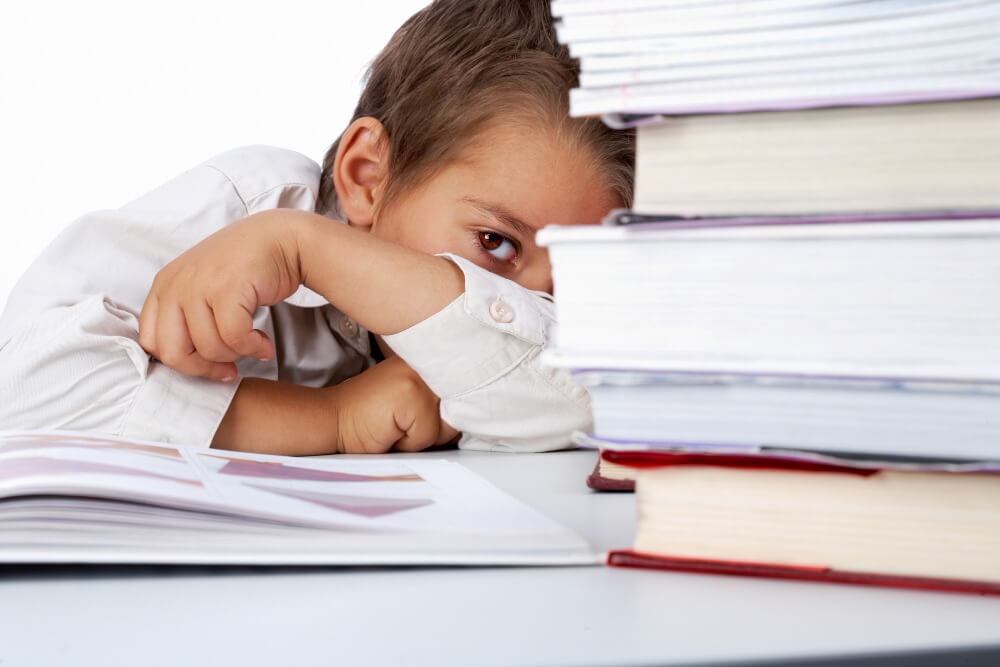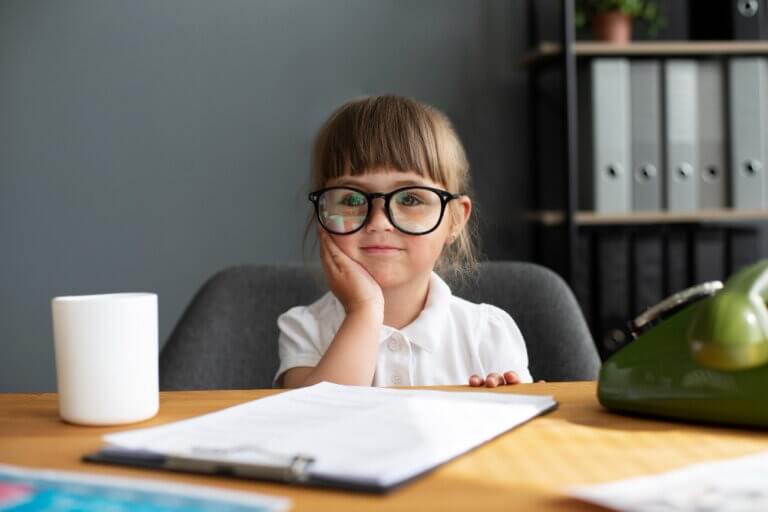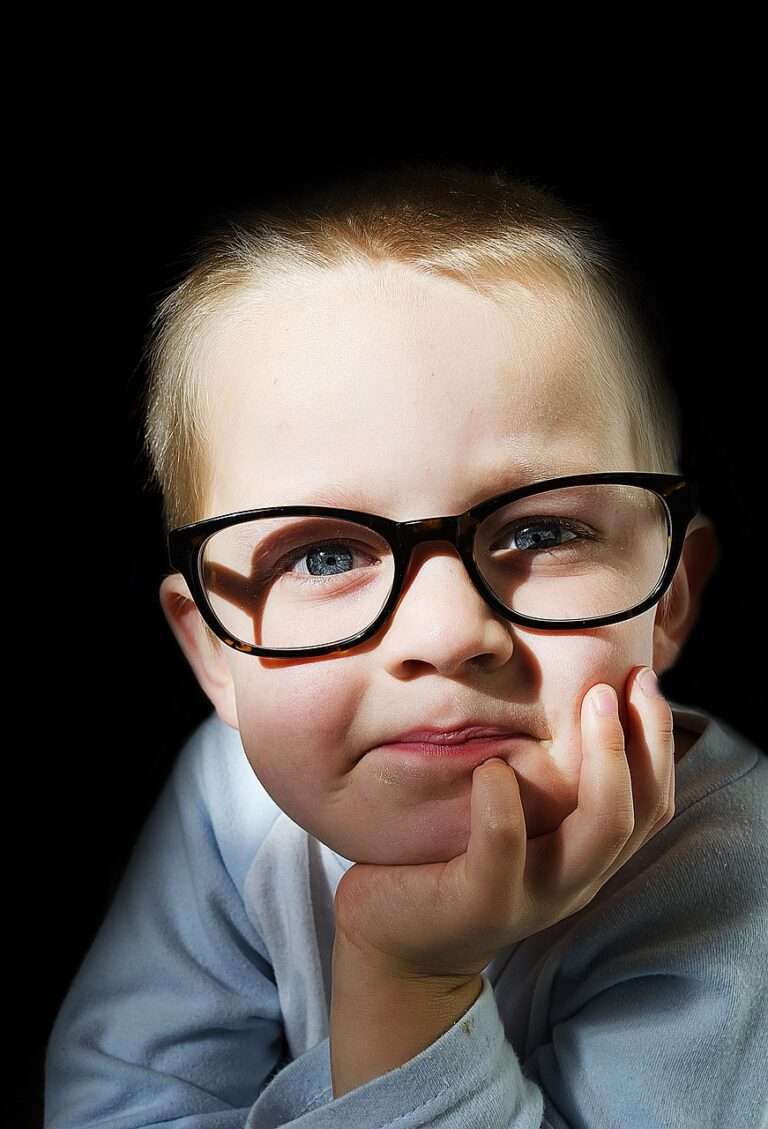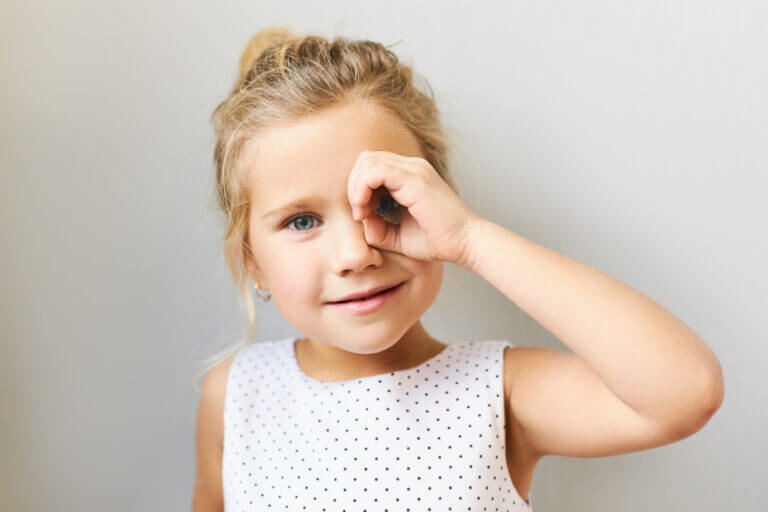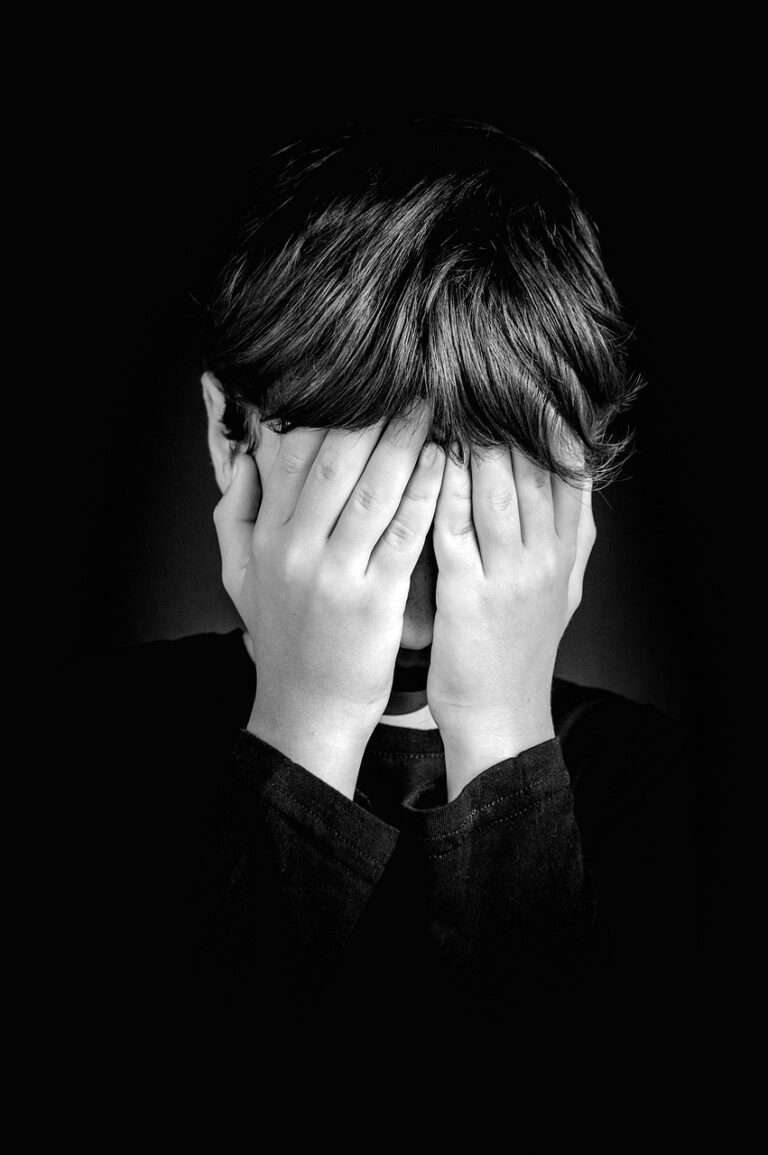Amblyopia in children
Amblyopia, commonly known as “lazy eye,” is a vision disorder that often develops in childhood. It occurs when one eye has significantly better visual acuity (clarity of vision) than the other due to abnormal visual development during early childhood. Amblyopia can affect one eye or, less commonly, both eyes. Here are some key points about amblyopia in children:
Causes of Amblyopia:
- Strabismus: Misalignment of the eyes, where one eye turns inward (esotropia) or outward (exotropia), is a common cause of amblyopia. When the eyes are not aligned, the brain receives conflicting visual information from each eye, and it may suppress the image from one eye to avoid double vision.
- Refractive Errors: Differences in the refractive error (e.g., nearsightedness, farsightedness, or astigmatism) between the two eyes can lead to amblyopia. The brain may favor the eye with better vision, leading to underdeveloped visual acuity in the other eye.
- Visual Obstruction: Conditions such as congenital cataracts, a drooping eyelid (ptosis), or a corneal injury can obstruct vision in one eye, leading to amblyopia if not treated promptly.
Symptoms:
- Amblyopia is often asymptomatic; children may not complain of vision problems.
- In some cases, parents or caregivers may notice that a child frequently squints or closes one eye to see better.
- Poor depth perception, difficulty catching or throwing objects, and challenges with activities that require both eyes working together may also be signs.
Diagnosis:
Amblyopia is typically diagnosed through a comprehensive eye examination by an optometrist or ophthalmologist. The eye care provider will assess visual acuity, alignment of the eyes, and refractive errors in both eyes. Additional tests, such as a cover-uncover test, may be performed to detect misalignment.
Treatment:
The primary goal of amblyopia treatment is to strengthen the vision in the weaker eye and encourage binocular vision (the ability to use both eyes together). Treatment options include:
- Patching: Patching involves covering the stronger eye with an eye patch or adhesive patch for a certain number of hours each day, forcing the amblyopic eye to work harder and develop better vision. The duration and frequency of patching depend on the severity of amblyopia.
- Atropine Drops: In some cases, atropine eye drops are placed in the stronger eye to blur vision temporarily, encouraging the amblyopic eye to improve. This approach is often used when patching is challenging or not feasible.
- Corrective Lenses: If amblyopia is related to significant differences in refractive errors between the two eyes, prescribing glasses or contact lenses to balance vision in both eyes can be an effective treatment.
- Vision Therapy: Vision therapy may be recommended for children with amblyopia related to strabismus. It involves a series of eye exercises and activities designed to improve eye coordination and visual processing skills.
Early Intervention and Follow-Up:
Amblyopia is most effectively treated when detected and treated early, ideally during the preschool years when the visual system is still developing. However, treatment can be effective in older children and even adults.
Regular follow-up appointments with an eye care specialist are essential to monitor progress and ensure the success of treatment. Successful treatment of amblyopia can lead to improved visual acuity and better overall vision in the affected eye. Early detection and intervention are crucial for achieving the best outcomes for children with amblyopia.
------------From our Sponsors------------

